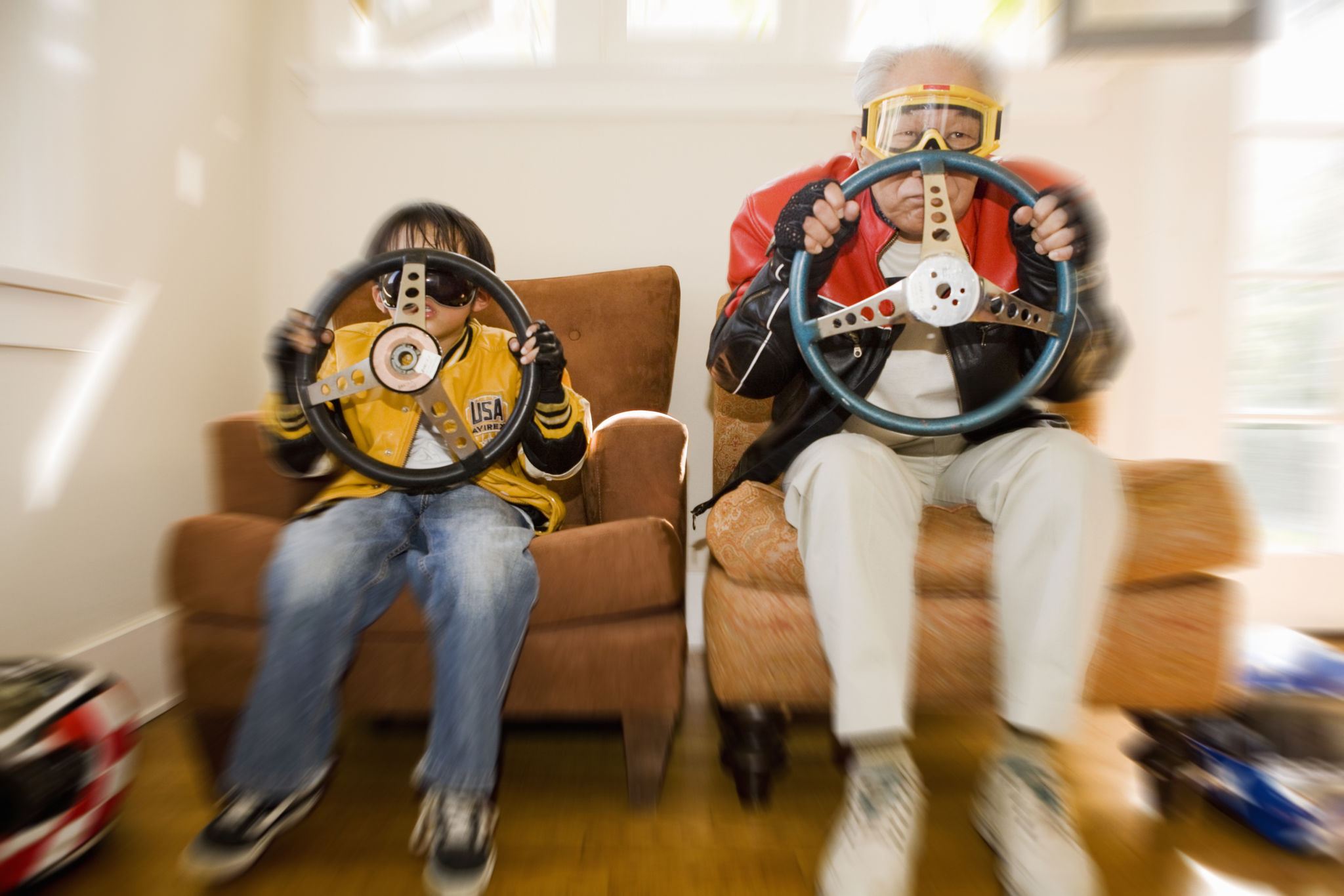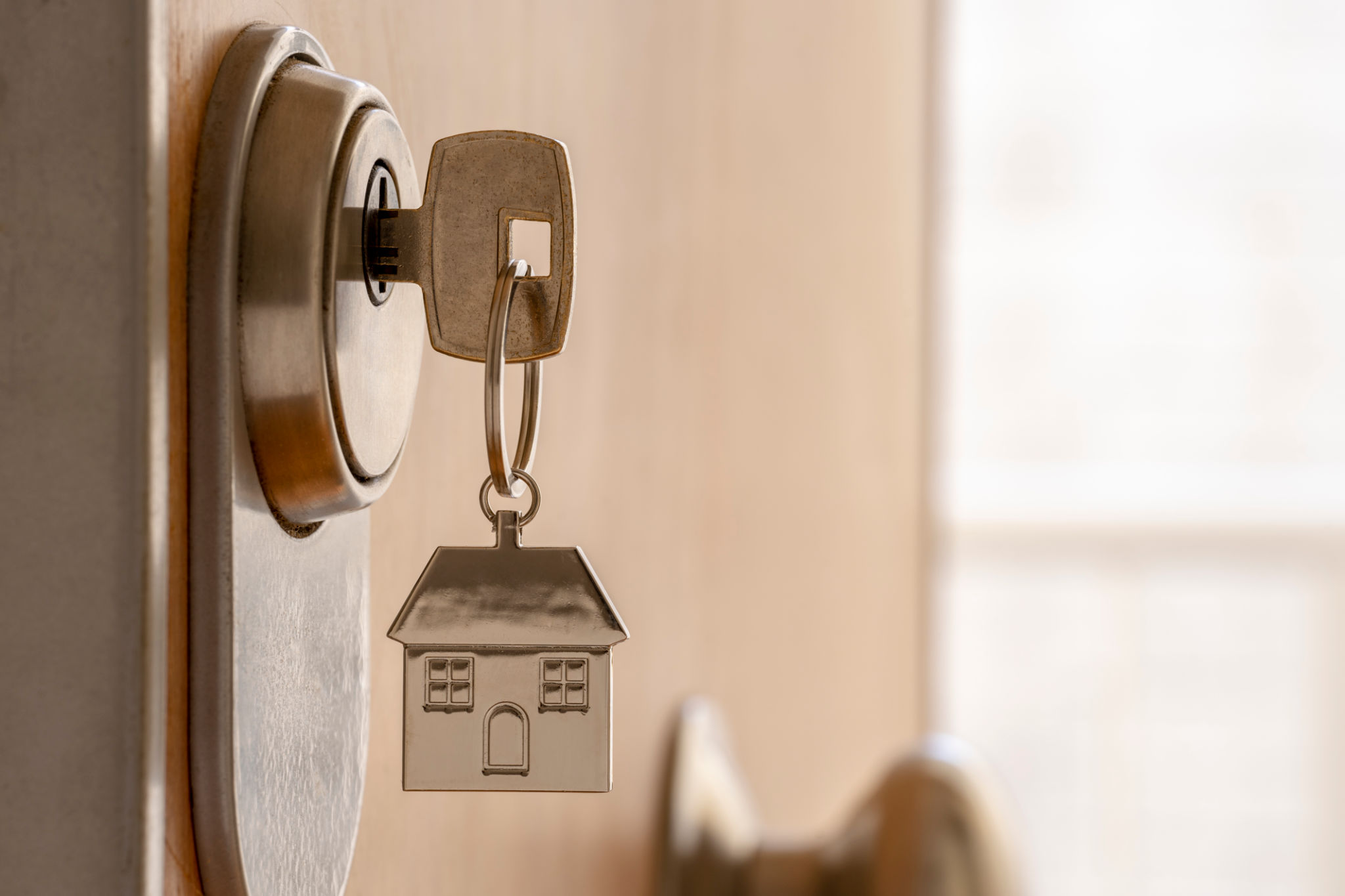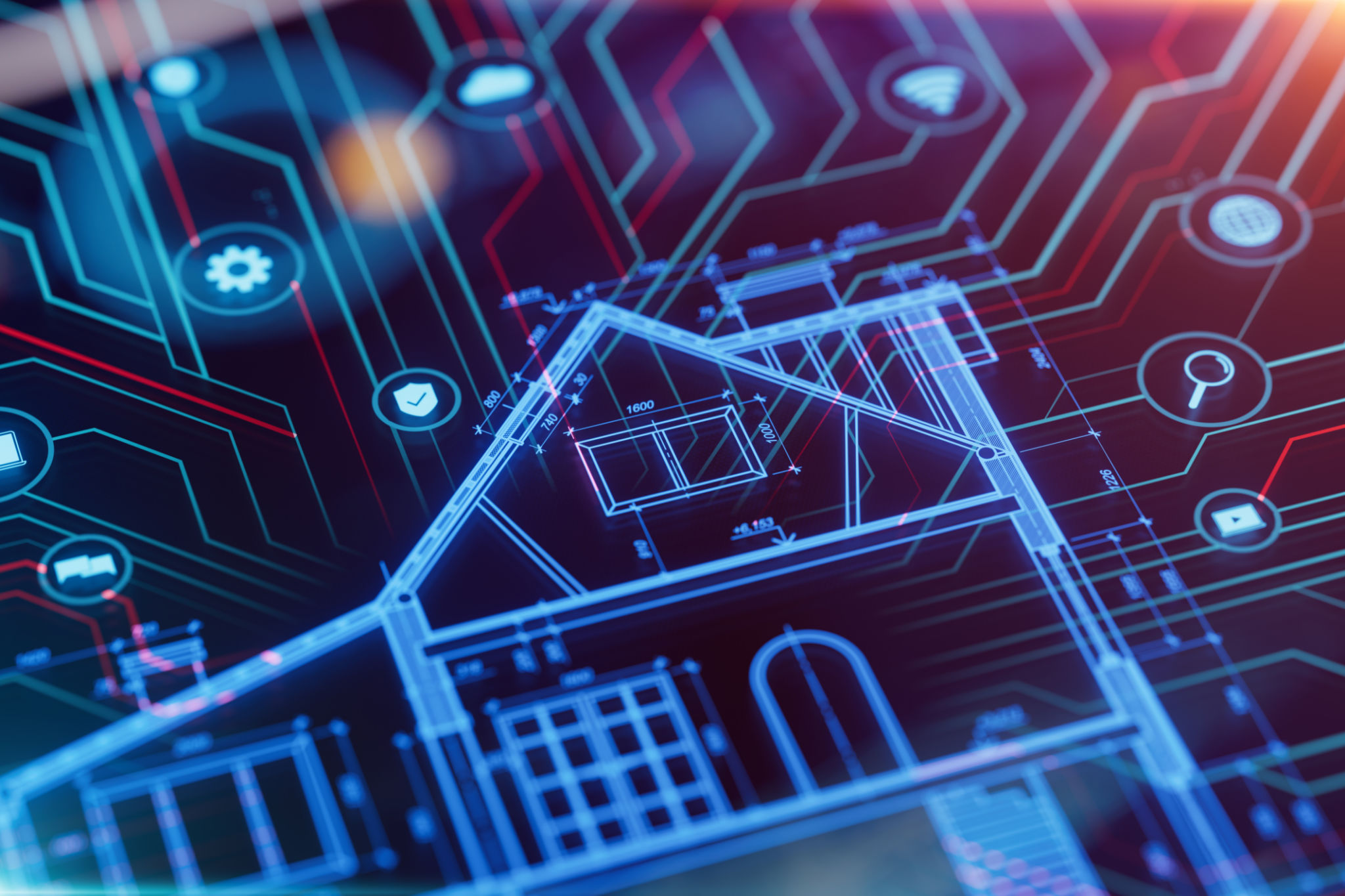A Guide to Specialized Home Environments for Seniors
Understanding the Need for Specialized Home Environments
As we age, our needs and capabilities change, requiring adaptations in our living environments to ensure safety, comfort, and independence. Specialized home environments for seniors are designed with these considerations in mind, offering solutions that cater to their specific physical and cognitive needs. By making intentional modifications, seniors can enjoy a higher quality of life and remain in their homes longer.

Key Features of Senior-Friendly Homes
Accessible Design
An accessible design is crucial in a senior-friendly home. This involves modifications such as installing ramps, widening doorways, and using lever-style door handles. These changes help accommodate mobility aids like wheelchairs and walkers, making it easier for seniors to move around their homes.
Safety Enhancements
Safety is a top priority in specialized home environments for seniors. Adding features such as grab bars in bathrooms, non-slip flooring, and adequate lighting can significantly reduce the risk of falls and accidents. Additionally, smoke detectors and carbon monoxide alarms should be strategically placed and regularly tested.

Comfort and Convenience
Adaptive Furniture
Furniture designed for seniors should prioritize comfort and ease of use. Chairs with high backs and armrests can provide better support, while adjustable beds can make getting in and out easier. Consider furniture with rounded edges to minimize injury risks.
Smart Home Technology
Innovations in smart home technology can greatly enhance the convenience and safety of a senior's living environment. Devices like voice-activated assistants, smart thermostats, and automated lighting systems offer ease of use and can be customized to meet individual needs. These technologies can also provide peace of mind for family members by allowing remote monitoring.

Creating a Supportive Community Environment
Beyond physical modifications, creating a supportive community environment is essential for seniors. This includes access to transportation services, community centers offering social activities, and nearby healthcare facilities. A strong community network can combat feelings of isolation and promote mental well-being.
Steps to Implementing Changes
Implementing changes to create a specialized home environment doesn't have to be overwhelming. Here are some steps to consider:
- Assess Needs: Conduct a thorough assessment of the senior's current living situation to identify areas for improvement.
- Create a Plan: Develop a detailed plan outlining necessary modifications and prioritize them based on urgency and budget.
- Consult Professionals: Work with occupational therapists, contractors, or home modification experts to ensure changes are effective and safe.
- Review Regularly: Regularly review the home environment to ensure it continues to meet the evolving needs of the senior.
The Benefits of Specialized Home Environments
The benefits of creating a specialized home environment for seniors extend beyond physical safety. Such adaptations can enhance their independence, boost confidence, and improve overall quality of life. Furthermore, these environments can delay or even prevent the need for long-term care facilities, allowing seniors to age in place comfortably.

In conclusion, designing specialized home environments for seniors is an investment in their well-being and longevity. By focusing on accessibility, safety, comfort, and community support, we can create spaces that honor their independence while providing the necessary support as they age gracefully.
